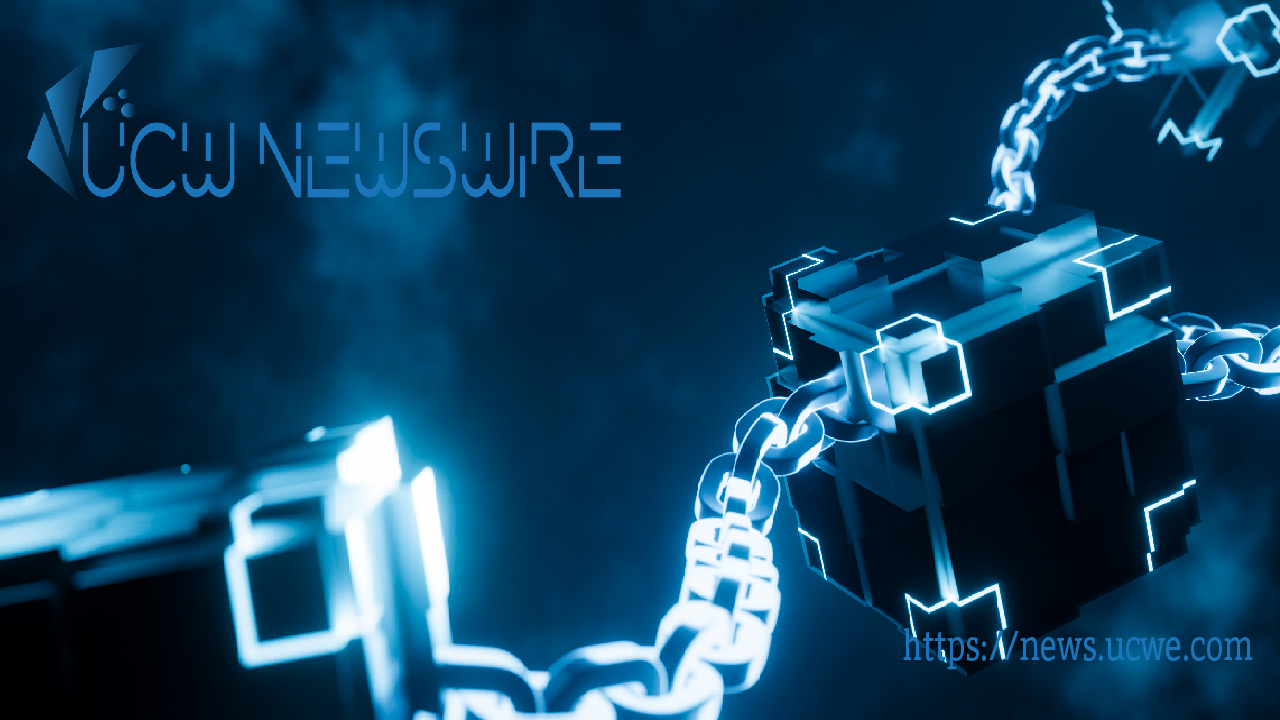A Comparative View of Solana, Cardano, and Pecu Novus Blockchain Networks
In the ever-evolving landscape of blockchain technology, three blockchain networks have risen to have an impact, each with its own distinctive attributes and visions. Solana, Cardano, and Pecu Novus stand

In the ever-evolving landscape of blockchain technology, three blockchain networks have risen to have an impact, each with its own distinctive attributes and visions. Solana, Cardano, and Pecu Novus stand tall as formidable players in the blockchain realm, each offering a unique set of advantages tailored to the diverse needs of the ever evolving blockchain ecosystem. As these platforms redefine the landscape of decentralized applications and services, it’s imperative to take a deep look into their respective value propositions, growth potentials, and the regulatory scrutiny they encounter.
Solana: A Speedy DeFi Champion
Since its inception in 2020, Solana has rapidly gained recognition for its impressive speed and throughput capabilities. With a remarkable capacity to process over 65,000 transactions per second (TPS), Solana has proven its prowess in the fields of decentralized finance (DeFi) and real-time applications such as gaming. Solana’s value proposition is deeply rooted in its ability to deliver swift and efficient transaction processing, making it a fertile ground for applications requiring instant interactions.
Solana’s growth potential is evident as it positions itself as a key player in the DeFi and non-fungible token (NFT) space. The platform’s user-friendly ecosystem and emphasis on scalability have successfully attracted developers and investors alike, contributing to its burgeoning popularity. Nevertheless, as Solana continues to expand, its regulatory scrutiny could intensify, particularly considering its pivotal role in financial and data-intensive applications.
Cardano: Academic Rigor Meets Layered Innovation
Cardano’s journey, initiated in 2015 and culminated in its 2017 launch, revolves around a foundation of academic rigor and a meticulously planned developmental approach. The platform’s value proposition is founded on a layered architecture, segregating settlement and computation layers. This stratified approach holds the promise of enhanced scalability and flexibility. Through a series of well-calibrated phases, including the recent Alonzo upgrade for smart contracts, Cardano is positioning itself as an ecosystem catering to diverse applications, ranging from finance to governance.
Cardano’s growth trajectory hinges on its commitment to research and its capacity to attract developers and projects aligned with its vision. However, as it diversifies its capabilities, regulatory scrutiny will become a pivotal factor to navigate. The platform’s pursuit of decentralized and efficient applications must align with evolving regulatory frameworks, particularly given the myriad applications it seeks to empower.
Pecu Novus: Privacy and Scalability Unveiled
Having entered the scene in 2017, Pecu Novus distinguishes itself with its focus on privacy, security, and scalability. The 2022 upgrade to Pecu Novus 2.0 was a transformative milestone, elevating scalability to achieve an impressive throughput exceeding 110,000 TPS. A unique feature is Pecu Novus’s utilization of the Proof of Time (PoT) consensus mechanism, which not only enhances security but also ensures operational efficiency.
Pecu Novus’s untapped growth potential lies in its capability to offer scalable solutions for transaction-intensive industries and data processing. The PoT mechanism, akin to Bitcoin’s decentralized model, could position Pecu Novus favorably in a future regulatory landscape that values decentralization. Furthermore, the platform’s innovative approach is further demonstrated by its parallel blockchain dedicated to NFTs, enabling smoother transactions and opening avenues for real-world asset utilization, beyond just digital art.
Shaping the Landscape of Blockchain
Solana, Cardano, and Pecu Novus, though distinctive in their approaches, share a common objective of influencing the trajectory of blockchain technology. Their value propositions cater to a wide spectrum of applications, and their growth prospects underscore their adaptability to changing industry dynamics. Amid the promises and potential, regulatory scrutiny looms as a critical challenge to balance innovation with compliance. As these platforms evolve and mature, their impact on decentralization, efficiency, and security will continue to reverberate across the broader blockchain ecosystem.
Terry Jones
Digital Assets Desk

